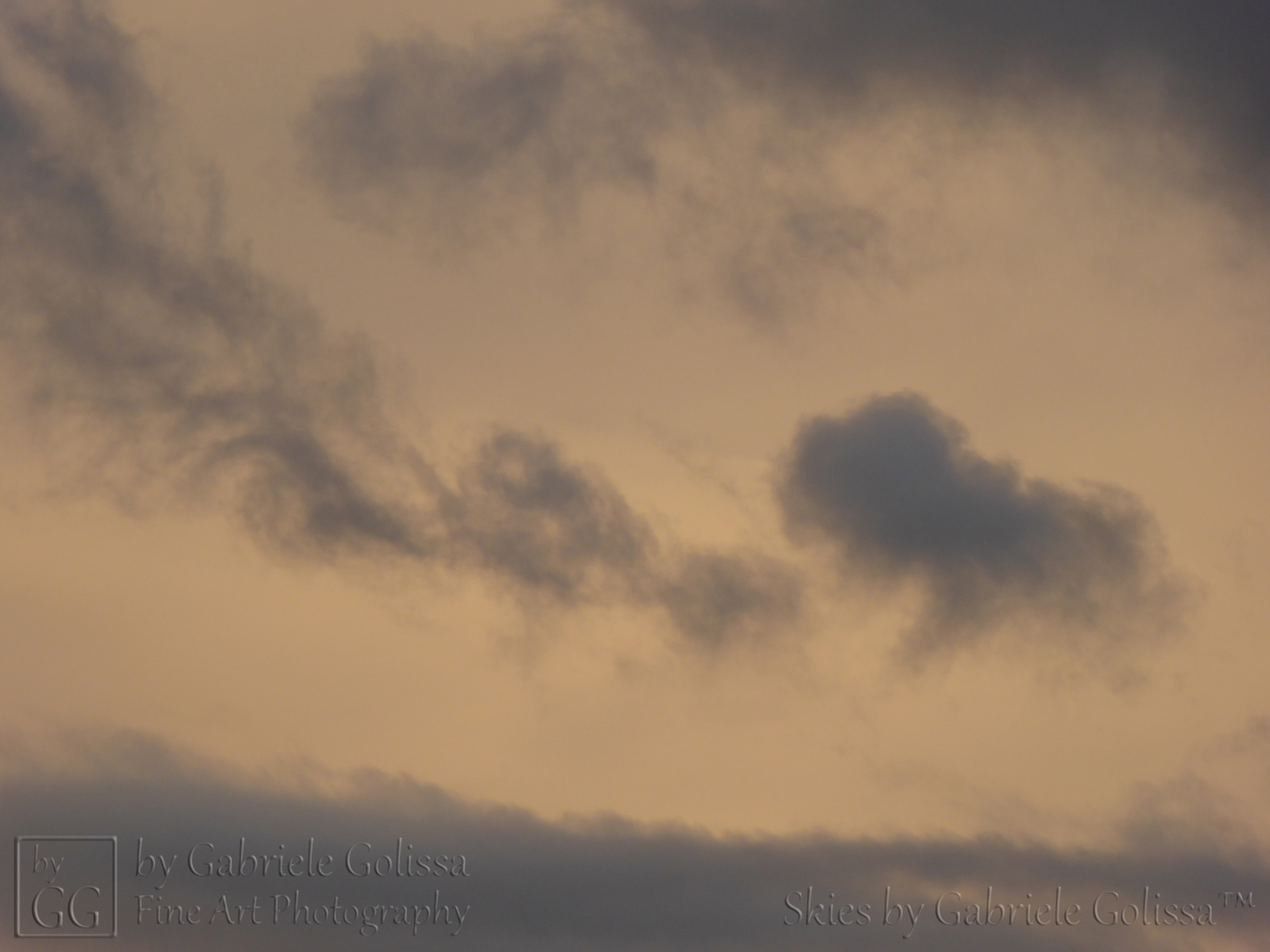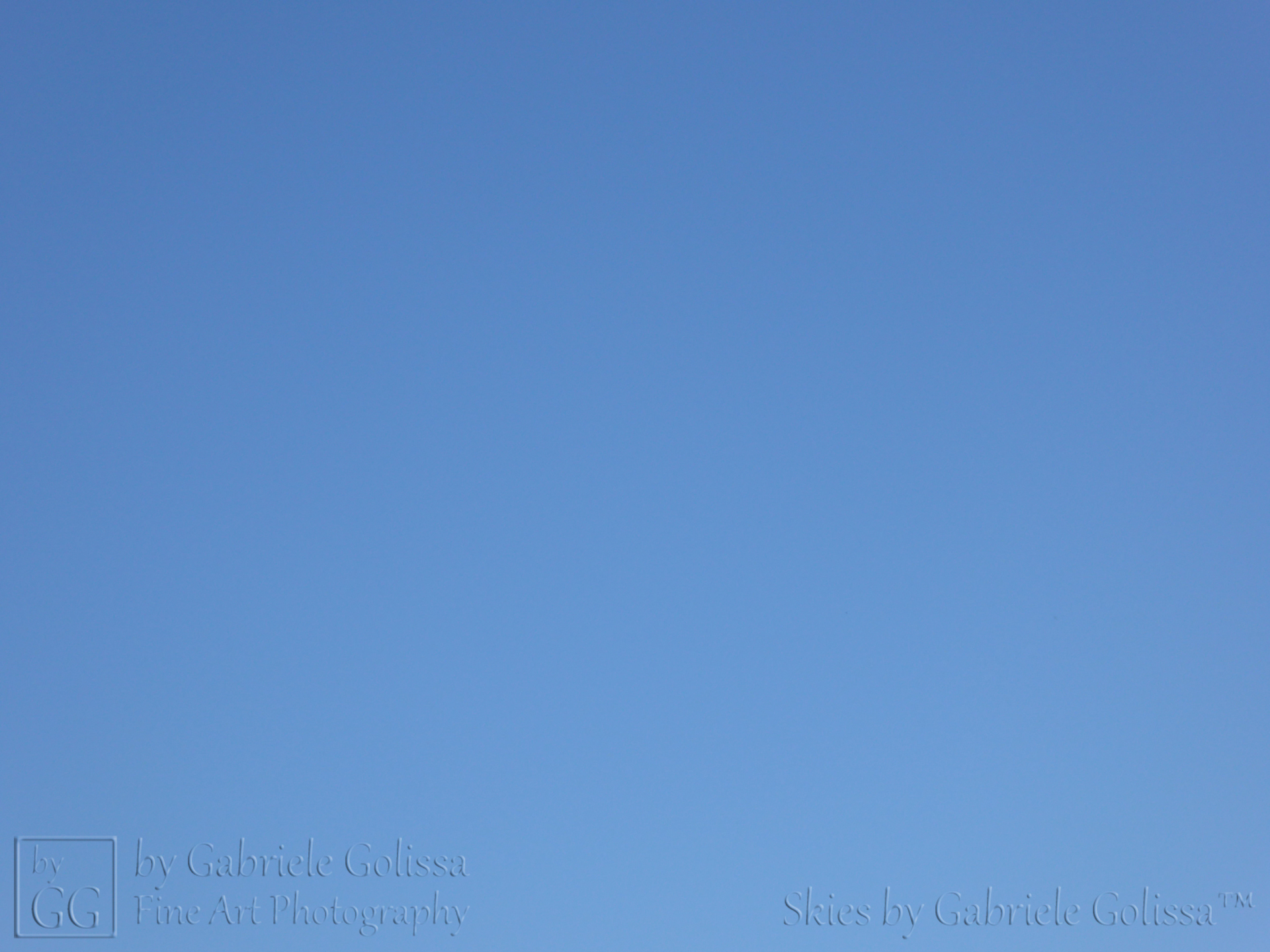”The air up there in the clouds is very pure and fine, bracing and delicious.
And why shouldn’t it be?—it is the same the angels breathe.”
Mark Twain, Roughing It, 1872, Chapter 22
Clouds consist of very small water droplets and ice crystals. They are formed through condensation, a process where water molecules in the air cannot remain vapor any longer but cluster into droplets. This happens when the air either cools down or has to absorb more water vapor. As long as the droplets are light and small enough, they will stay in the atmosphere as clouds. When they get bigger and heavier, they will eventually fall from the sky as precipitation.




